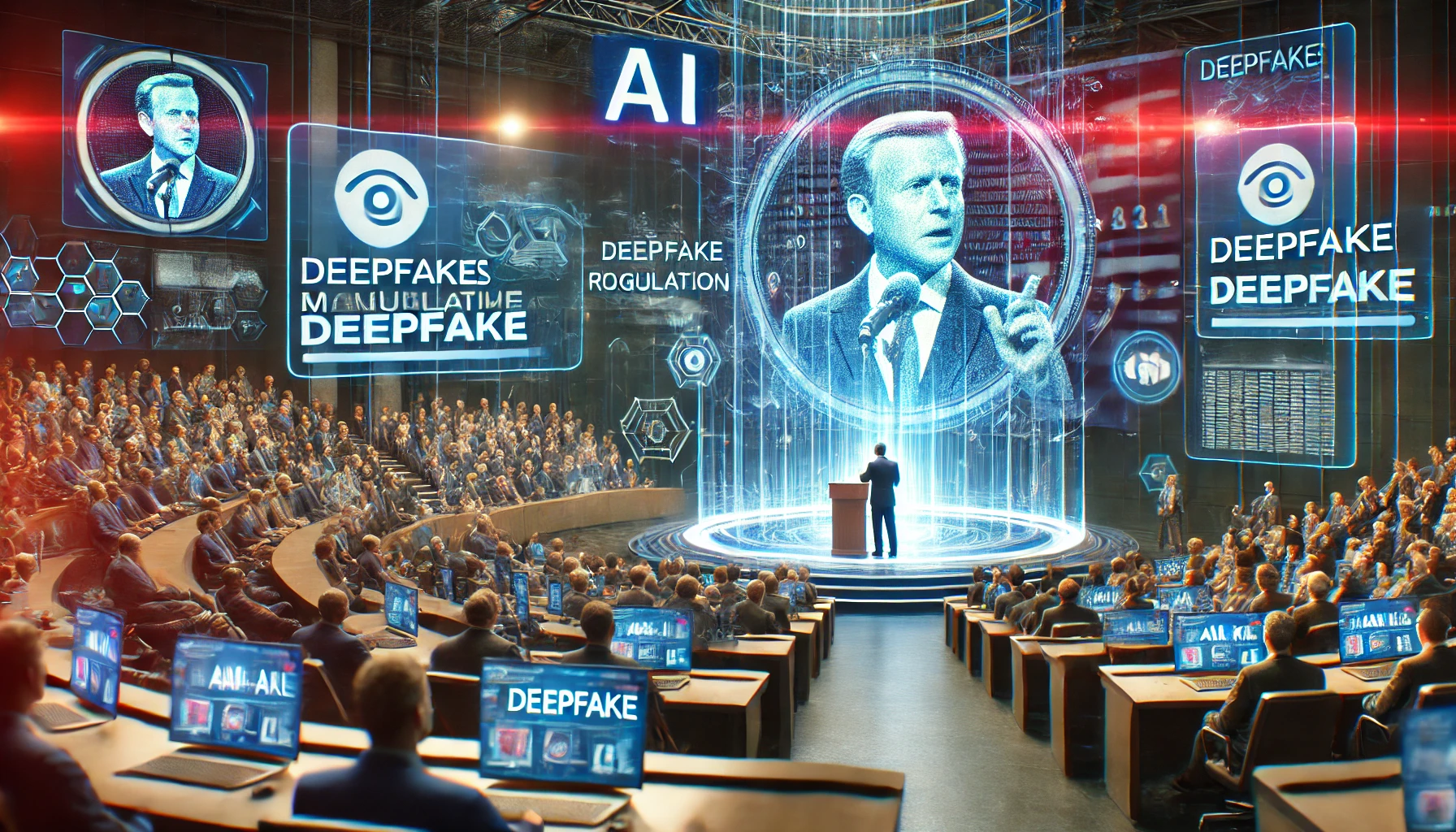Regulating AI-Generated Content: New Policies on Digital Media Manipulation

Introduction
In the age of digital wizardry, where AI can conjure up lifelike images and convincingly mimic human voices, the line between reality and fabrication has never been blurrier. Welcome to the world of deepfakes and AI-generated content—a realm where technology’s marvels dance precariously close to misinformation and manipulation. As governments worldwide scramble to keep pace, new legislative efforts are emerging to regulate this digital alchemy. But how do these policies balance the tightrope act between safeguarding truth and preserving freedom of expression? Let’s dive into the tangled web of regulation, ethics, and the future of digital media.
Global Legislative Efforts
Countries are stepping up their game to tackle the rise of AI-generated content. The European Union's proposed AI Act aims to classify and regulate AI applications based on their risk levels, with stringent requirements for high-risk categories, including digital content manipulation. Similarly, the United States has introduced the DEEPFAKES Accountability Act, which seeks to mandate labeling of AI-generated media and impose penalties for malicious use. China, not one to be left behind, has implemented strict guidelines requiring deepfake creators to obtain licenses and disclose their content as AI-generated. These legislative moves reflect a global consensus: unchecked AI manipulation is a threat that demands coordinated action. However, the effectiveness of these laws hinges on their ability to adapt to rapidly evolving technologies and the international cooperation to enforce them.
Impact on Freedom of Expression
Regulating AI-generated content inevitably raises concerns about freedom of expression. On one hand, these regulations aim to prevent malicious misinformation and protect individuals from defamation. On the other, there’s a fine line between censorship and protection. Critics argue that stringent laws could stifle creativity and limit legitimate uses of AI in art, satire, and parody. For instance, a satirical deepfake might be misconstrued as harmful manipulation, leading to unnecessary legal repercussions. Striking the right balance is crucial. Legislators must craft policies that differentiate between malicious intent and benign creativity, ensuring that freedom of expression is preserved while mitigating the risks of harmful content.
Effects on Journalism
Journalism stands at the frontline of the battle against digital misinformation. AI-generated content poses significant challenges for news organizations striving to maintain credibility and trust. Deepfakes can be weaponized to create false narratives, making fact-checking more arduous. According to a 2023 report by the Reuters Institute, 68% of journalists feel that AI-generated misinformation has increased their workload and reduced public trust in media. On the flip side, AI also offers tools for journalists to detect and debunk fake content more efficiently. Automated verification systems and blockchain-based authentication are emerging as vital allies in the fight against digital deceit. As regulations tighten, media outlets must adapt by integrating these technologies and advocating for clear legal frameworks that support truthful reporting.
Combating Misinformation
Misinformation is the Hydra that grows two heads for every one you cut off, and AI-generated content feeds its growth. Legislative measures are just one piece of the puzzle. Technological solutions play a pivotal role in identifying and mitigating the spread of false information. Machine learning algorithms can analyze patterns and detect anomalies indicative of deepfakes, while blockchain technology offers immutable records that can verify the authenticity of digital content. A study by MIT in 2023 found that AI-based detection tools can identify deepfakes with up to 95% accuracy, significantly higher than human capabilities. However, the arms race between creators of misinformation and those combating it is relentless. Effective strategies require a multi-faceted approach, combining robust legislation, advanced technology, and public education to foster digital literacy.
Case Studies
Let’s examine some real-world scenarios where regulation has made an impact. In 2022, a deepfake video of a prominent political figure went viral, leading to widespread panic and misinformation. The swift legislative response in the EU, coupled with advanced detection tools, helped contain the fallout by quickly debunking the video and prosecuting the perpetrators under the new AI Act. In another instance, a Japanese entertainment company used AI to resurrect deceased actors for film roles, sparking debates about consent and intellectual property. The resulting legislation now requires explicit permissions for such uses, safeguarding the rights of individuals even beyond death. These cases highlight the necessity and effectiveness of tailored regulations in addressing the nuanced challenges posed by AI-generated content.
Future Implications
As AI technology continues to advance, the implications of regulating AI-generated content will evolve. Future policies must anticipate breakthroughs in AI capabilities, such as real-time deepfake creation and hyper-personalized misinformation. Additionally, the intersection of AI with other emerging technologies like quantum computing could redefine the landscape of digital manipulation and security. Ethical considerations will become increasingly complex, necessitating ongoing dialogue between technologists, policymakers, and the public. The future of regulation lies in flexibility and foresight, ensuring that laws remain relevant and effective in an ever-changing technological environment. Moreover, international collaboration will be paramount to address the borderless nature of digital content manipulation.
Conclusion
Navigating the murky waters of AI-generated content regulation is no small feat. It requires a delicate balance between protecting society from misinformation and preserving the fundamental right to free expression. As we've explored, global legislative efforts are making strides, but the journey is far from over. The interplay between technology, law, and societal values will continue to shape the future of digital media manipulation. So, what do you think? Are the current regulations sufficient, or is more stringent action needed to curb the tide of AI-generated misinformation? Share your thoughts on Reddit or Twitter, and join the conversation on how we can collectively ensure a truthful and creative digital future.



